Zelda: Ocarina of Time 3D
Once Epona time.
The best thing I ever read about Ocarina of Time wasn't a nostalgic retrospective - although there have been some wonderful pieces written - or a searing critical analysis of its themes and structure - again, there are classics out there. It wasn't even a FAQ for the Water Temple. The best thing I ever read about Ocarina of Time was printed on a back wall at the Game On exhibition over in the Barbican a few years ago.
It was a testimonial from one of the game's younger players: a seven- or eight-year-old kid who explained how the time he spent in Hyrule had shaped his imagination. I wish I could remember the exact words, but the gist of it was this: "After I played it, I pretended my garden was a huge dungeon, and the stick I had with me wasn't a stick any more, but a sword."
That's the power of video games for you right there. Oh, and they also turn us into sadists and murderers.
Anyway, back to you. How many times have you already bought Ocarina of Time? If you're a Zelda fan of a certain age, you'll have that golden N64 cartridge tucked away in a bookshelf somewhere. Then you'll possibly have the special edition Wind Waker pack for the GameCube with Ocarina and Master Quest on a separate disk.
Did you apply for The Legend of Zelda: Collector's Edition when it was announced as a sweetener for purchasing the likes of 1080 Avalanche? If so, then you'll have it on that as well, along with the 8-bit games and - swoon - Majora's Mask. You may even have bought Ocarina again on the Virtual Console, which you really shouldn't have done, as it just encourages them.
Now it's coming to the 3DS, and that begs an interesting question: can Nintendo's latest piece of hardware breathe new life into a world you probably already know so well?
It certainly makes that world super pretty. The textures are sharper, the colours - particularly the greens, and this is, after all, a supremely green game - are brighter and richer, and any choppiness to the frame-rate has been smoothed away entirely. Even before you touch the 3DS' depth slider, this is the most attractive Ocarina of Time yet. Not surprising, really, seeing as the code's been knocking around for over a decade.
Touch the 3D depth slider, though, and things get even better. Race through Kokiri Forest and fireflies hover and swim in the air. Stand in Kakariko Village and Navi circles you ceaselessly, moving into the screen and then out of it as she wings around your shoulder. Cross Hyrule Field headed to Lon-Lon, and tufts of grass seem to brush against the bottom edge of the camera while the moon rises in the distant sky.
When you visit the Great Deku Tree, he now looms out of the grey mist with a real sense of shape and mass. When you go into a house, the rooms are filled with a riot of neat little details: bottles standing out on shelves, chairs in the foreground, dust moving through the sunlight.
Go into a dungeon, and the 3D is even faintly helpful. Distances between ledges are easier to judge, and enemies aren't as tricky to line up. Grezzo Co., which is handling the port, has also done a decent job when it comes to the strange business of where to stick the UI in a 3D game, too: the trigger targeting arrows seem unobtrusive, while the health and life meters are at screen-height and don't make your eyes go funny.

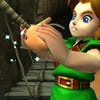
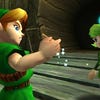


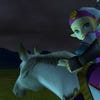

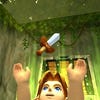

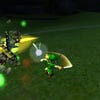


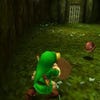

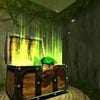

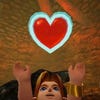


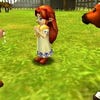








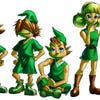
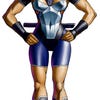




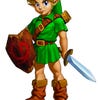
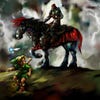


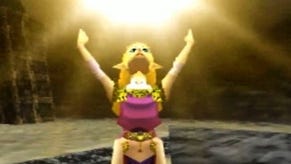
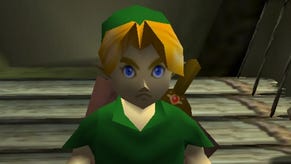



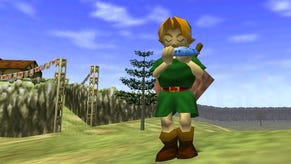
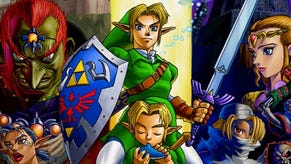

.png?width=291&height=164&fit=crop&quality=80&format=jpg&auto=webp)




.jpg?width=291&height=164&fit=crop&quality=80&format=jpg&auto=webp)
